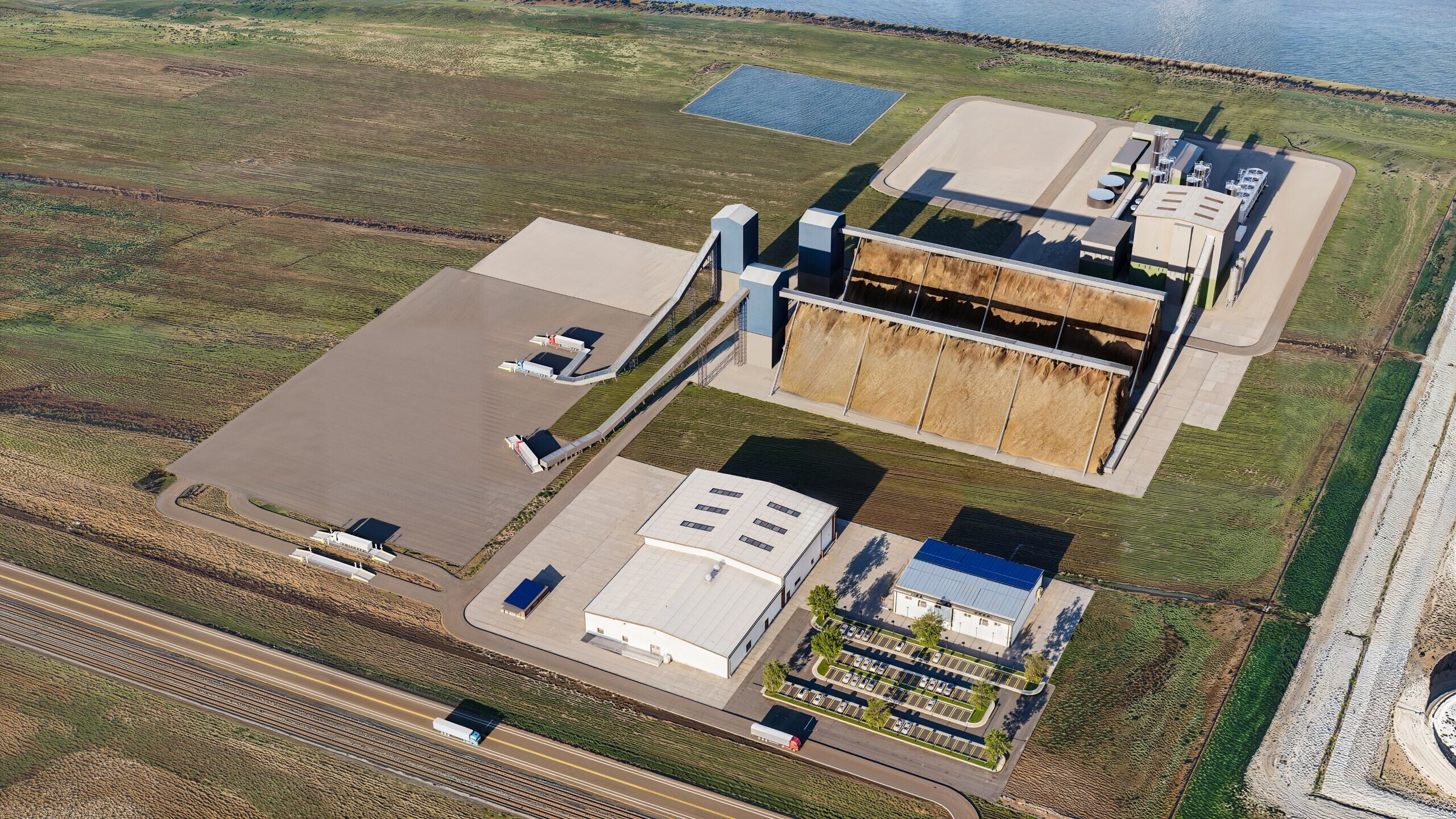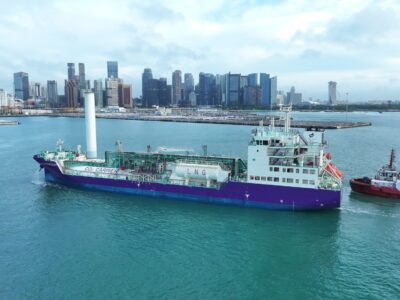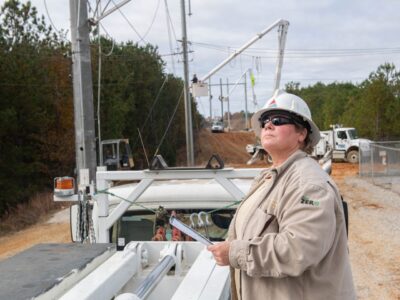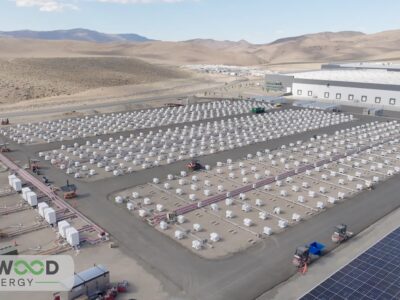(Bloomberg Businessweek) —
Five years ago, Microsoft Corp. set a goal of becoming carbon negative by 2030 and removing all its historic emissions from the atmosphere by 2050. But the company’s artificial intelligence investments have made meeting those targets harder—by a lot. Today, Microsoft’s total planet-warming impact is 23% higher than it was in 2020 in part because of its vast expansion of emissions-intensive data centers, according to its 2025 sustainability report.
Despite its actions, Microsoft says slashing carbon remains a priority. Bloomberg Businessweek spoke with Brian Marrs, the company’s senior director of energy and carbon removal, about how the tech giant plans to meet its climate commitments. Like many things involving AI or climate goals, the answer isn’t entirely clear. “It is important to recognize we’re at the very beginning of generative AI and what it will look like,” Marrs says. “Servers and data centers will evolve and do more with less.” The following conversation has been edited and condensed for clarity.
What does your job title mean?
Carbon removal is this tool that’s going to help us meet both our 2030 and our 2050 targets, but it’s also necessary for the world to hit its temperature targets. We view our program as meeting both of Microsoft’s goals but also building a path for other companies and the world to meet its targets.
Microsoft made a string of record carbon removal purchases this year, including a 3.7 million-metric-ton deal with CO280, a startup that captures CO₂ from pulp and paper mills, and a 6.8 million-metric-ton deal with AtmosClear, which is developing a carbon capture facility in Louisiana. What’s the strategy behind these?
We’re signing long-term deals, and we’re trying to send a demand signal that is not a single year or two years. That’s the way most carbon is transacted today in the voluntary carbon market. We signed some foundational deals for bioenergy carbon capture and storage. Those are really landmark deals in that they’re bringing in traditional industries like the pulp and paper industry, finding new revenue streams, and investing in American technology and jobs to grow investment and innovation in forest land and rural communities. These larger deals use a little bit more proven technology. But we’ve also taken pioneering deals. And we’ve worked with the whole ecosystem of other startups to help build up other carbon removal pathways.
How much are these big purchases driven by the company’s rising emissions related to its AI data center boom?
We’re really looking at optimizing all the way to 2050. The signal that we’re looking at is very long-term, it’s not focused on any one year or what’s happened.
You’re saying you would’ve purchased this much carbon removal, even if these emissions hadn’t happened?
We’re building a plan that we always knew would take a decade-plus to make good on. We include AI in our future emissions forecasts alongside other business needs.
But 2030 is five years away. The company had committed to being carbon negative by then, yet Microsoft’s emissions are going up. How are you going to meet your target?
We made a blueprint, we’re executing on that. When I think about carbon removal as the Plan B backstop—what’s the saying? “Do our best, remove the rest.”
To contact the author of this story:
Michelle Ma in Los Angeles at mma304@bloomberg.net
© 2025 Bloomberg L.P.





